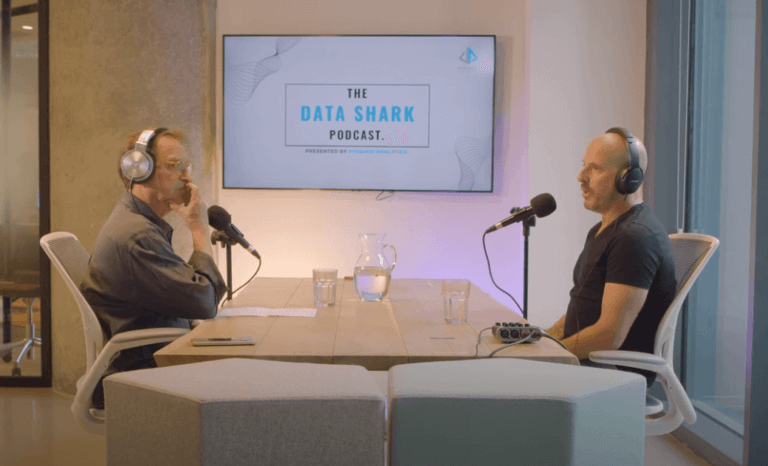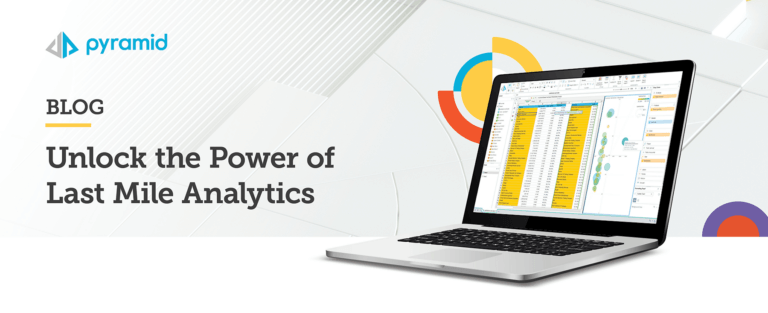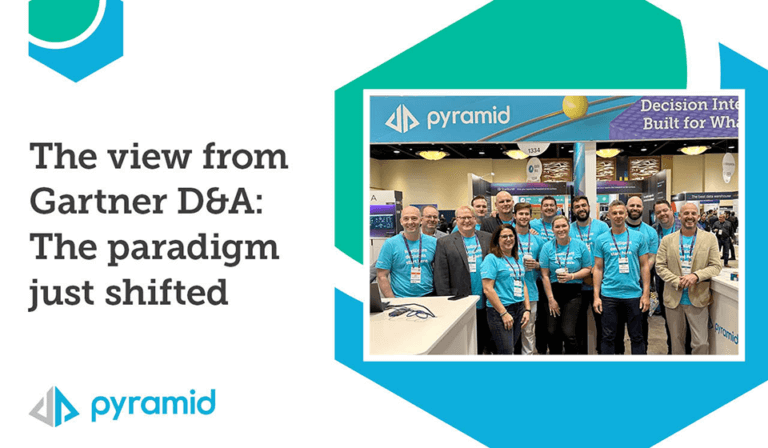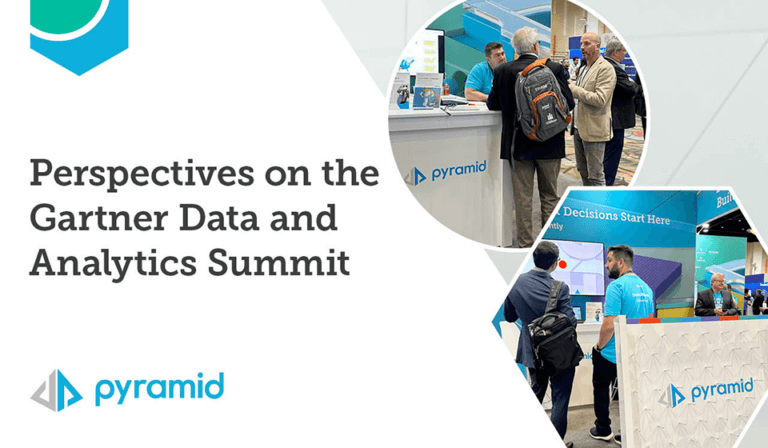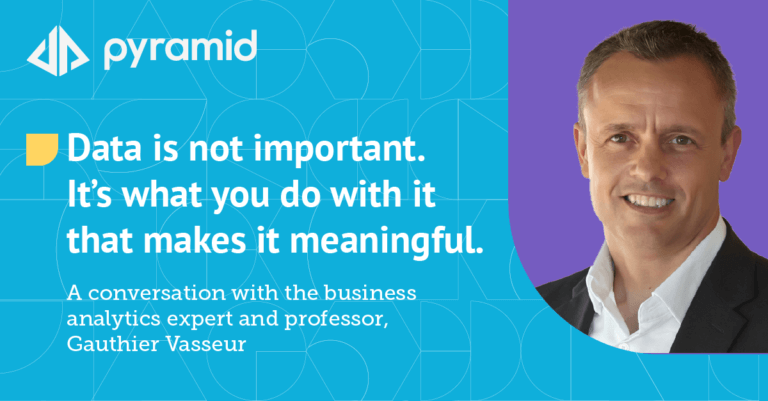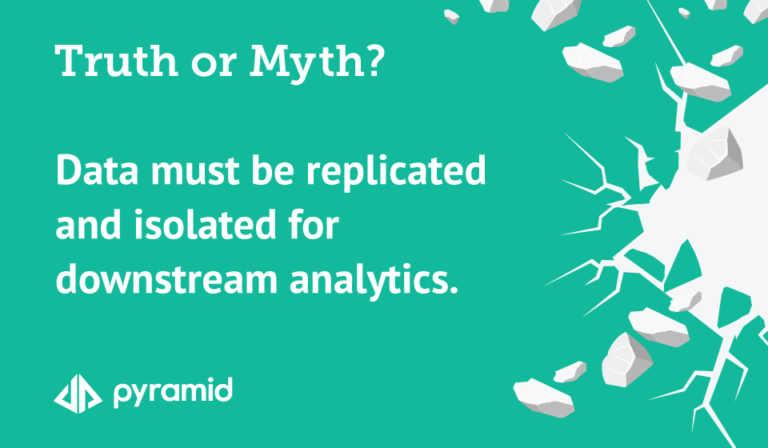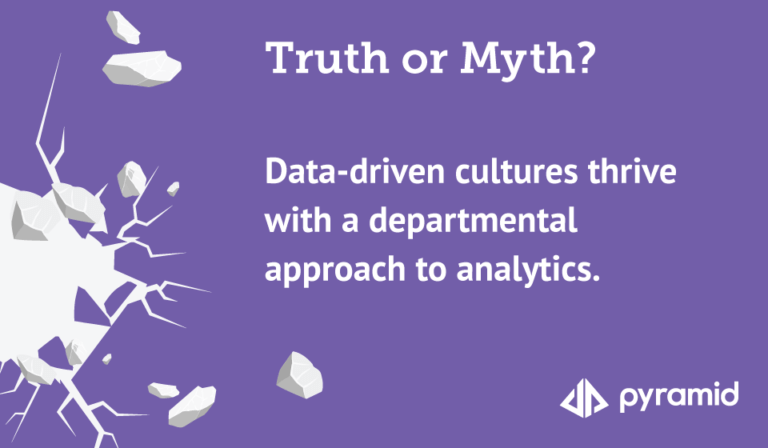The competitive advantages of data-driven organizations are clear. We only need to look at the rise of the Chief Data Officer as an accepted executive position to verify that the business world has been sold on at least the concept of the data-driven organization.
Why, then are we, as a community, still finding that implementing the best practices of data-driven organizations is often met with resistance and skepticism? And what is the best way to go about solving this problem?
What being a data-driven organization means to me
I define a data-driven organization as one that has begun a cultural journey to define data as its main decision platform and make the shift towards using data to carefully design metrics to be used as the key driver behind its decision-making process.
In the past, enterprises have traditionally relied upon executive observation, insight, and intuition as the basis for critical decisions throughout their organizational structures, which often has negative consequences. This is no longer acceptable, and the data-driven organization is a natural result of a cultural attempt to lessen reliance on intuition and observational decision-making. In a data-driven organization, there is no need for a trial-and-error philosophy.
Why be Data-driven?
For a real-world example of what I mean by this, pay close attention to the first few sentences of this interview with Jeff Bezos.
Mr. Bezos is known for his careful attention to detail and specifically using data to drive Amazon. It was impressive for me to see that Amazon was the result of a data-focused perspective and understanding of the story that the data was conveying. We see Mr. Bezos using data, in this case, astounding growth in web usage, as the foundation upon which his company would build.
It is an ideal application of the values we in the data world hold. Mr. Bezos didn’t have to rely on trial and error: he looked closely at the story the available data was telling him and positioned Amazon to be a key figure in that story.
Let’s also look at a hypothetical example, one more approachable that doesn’t rely on the world’s largest retailer to make its point.
A company is already going to be collecting the data they need to make smarter, more informed decisions from a data perspective. Such points of interest might be the territory in which the product is selling, the representative making the sale, the length of the sale cycle, the price, the discount offered, etc. How they respond to and interpret that data is going to be a differentiator.
There could be as many as fifty different data points that are being collected regarding the sales pipeline, but not all are going to contribute to the telling of an accurate, comprehensive story. Here, the best practice would be to drill down to the most relevant data points and derive your conclusions from there.
But to understand why the select data points are relevant and how they can tell a company more about how or where to sell their product, the company needs to approach the problem with as little prior assumption and judgment as possible.
As a company, they need to be open to hearing the story the data is telling and not trying to fit data into the story they want it to tell.
Developing a Data-driven culture
In order to leverage data to make smarter, more informed decisions, there needs to be a cultural realignment towards putting data in the center of the decision-making process and elevating the value of data to a level higher than that of individual insight and observation.
One of the chief benefits of this perspective is increased transparency.
By relying on data and using it to guide our decisions, we consistently guarantee the transparency of our actions throughout our organizations. We have a logical foundation from which we can explain why we choose a certain course of action.
This transparency extends to both organizations as a whole as well as individual processes. By being able to measure the efficacy of our actions, we are able to reduce trial and error. Successes and failures become apparent more rapidly and allow us to make adjustments accordingly.
Careful data analysis can prevent organizations from misallocating resources, as well as better align their products with consumer needs and desires.
Obstacles to becoming Data-Driven
Experience shows us that there are obstacles to achieving these results. Although it would be easy if we in the business intelligence industry could prescribe a set of process improvements or adjustments to overcome said obstacles, this doesn’t seem to be possible. Companies need to change the way they prioritize data fundamentally, or they’ll fall back into the familiar approach of relying on executive insight and direction.
Becoming data-driven requires devotion and discipline. It is an incremental process that can cause frustration when data analysis does not result in actionable intelligence overnight. When people get frustrated, it makes them more resistant to change. This is something we have to address by managing internal and external expectations while maintaining a level of excitement about adapting to a data-driven environment.
Resistance to the cultural shift of being a data-driven organization necessitates mirrors the general lag between technological innovation and its adoption. Developing a culture of data reliance is a response aimed at decreasing this lag in order to speed up adoption rates.
Regarding how long it took the business world to adopt cellular, and later, smartphones. These are tools with indispensable value, which seems obvious today. Still, their adoption took years to become ubiquitous. Email and a web presence are the same.
Why developing a Data-Driven Culture is Necessary
I believe that those companies which make a conscious effort to adjust their culture to a data-driven focus are poised to gain a competitive advantage that will result from being early adopters of business intelligence technologies.
One prominent example of an industry that has generally made the shift to being data-driven is marketing. Prior to tracking ROI on different campaigns, marketers relied on the “cool factor” of their advertising efforts. Ad campaigns relied on intangibles like intuition, and sparse data points from focus groups to drive their decision-making process.
Now all that has changed. Even a junior marketer is expected to have solid data on the pieces in their portfolio if they want to be competitive. Large marketing firms have hard numbers to justify the considerable expense that comes with employing their firm. From the top-down, marketing as an industry has adopted a culture of data reliance.
This is the future of all industry, and the faster we can get people on board, the better.
The next post on Data Shark will highlight best practices and pitfalls to avoid as an organization navigates this cultural shift.






